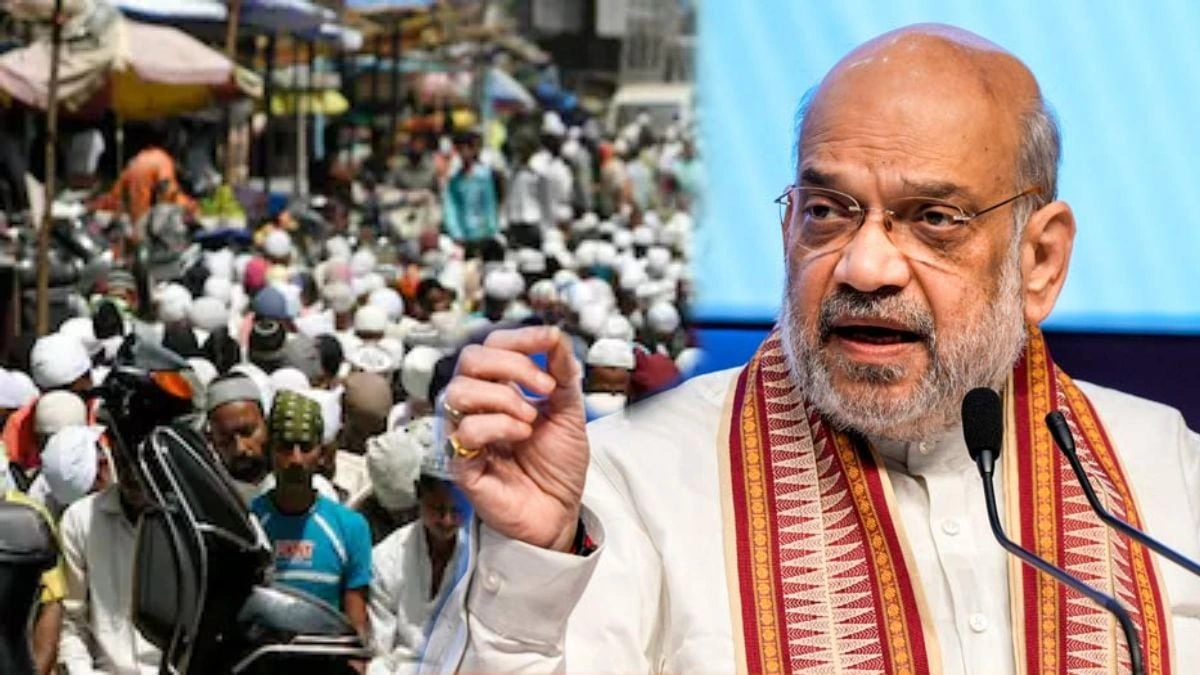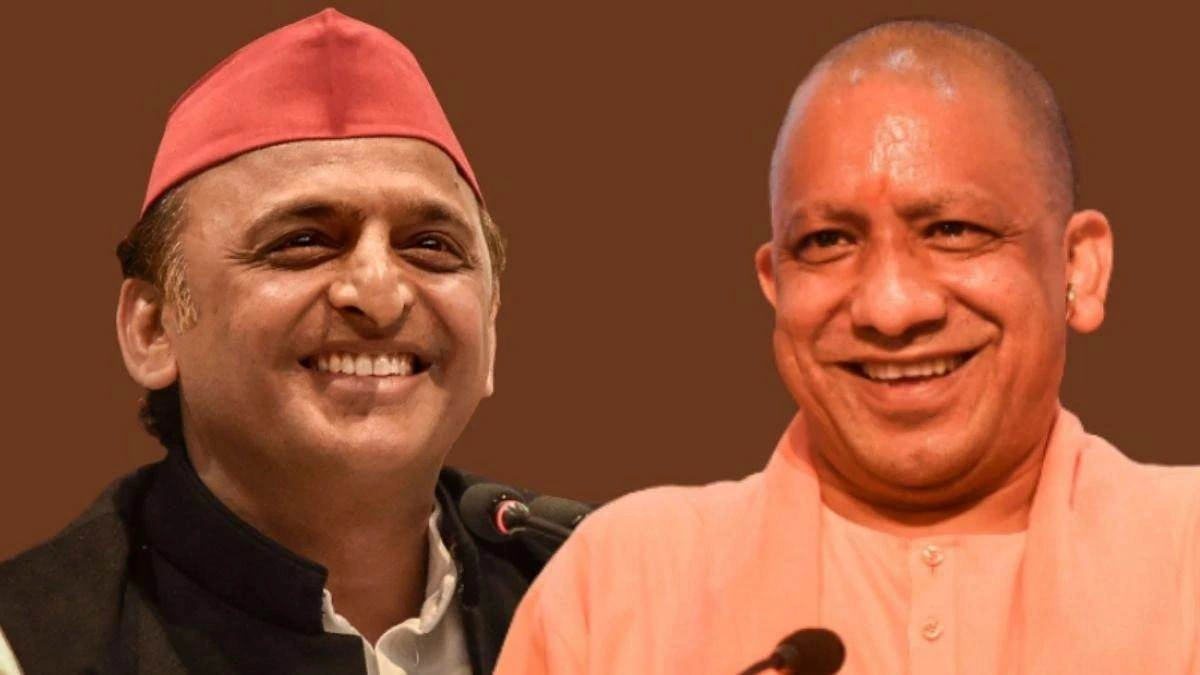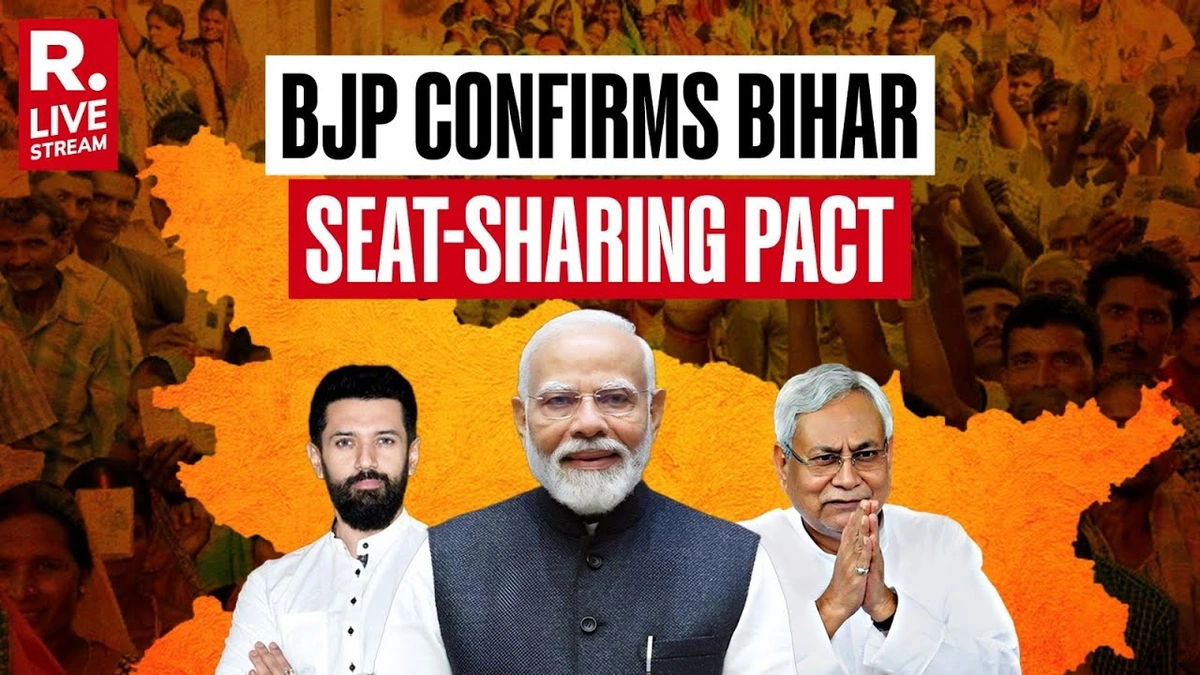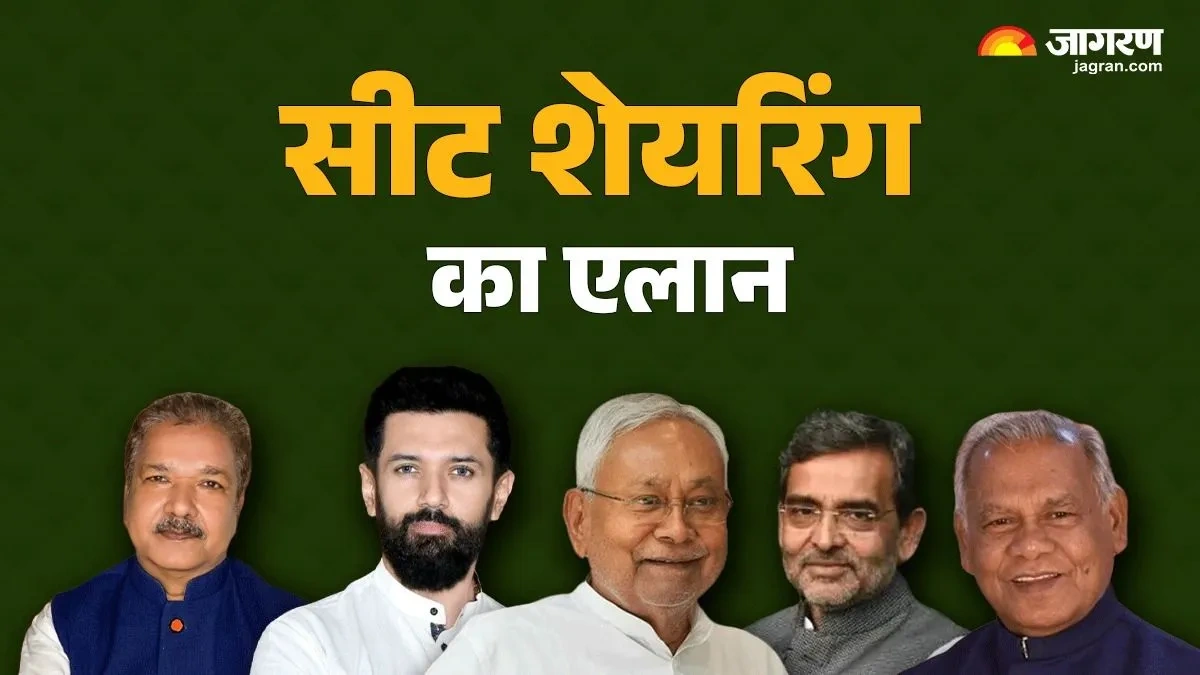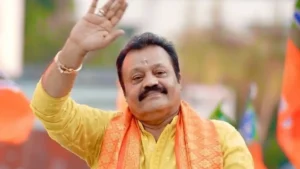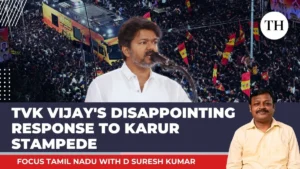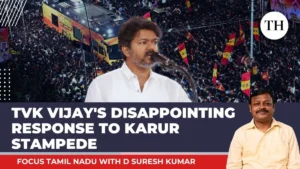Amit Shah Claims Muslim Population Increase Due to Infiltration
Alright, let’s dive into this one. When Amit Shah drops a statement about Muslim population increase and attributes it to “infiltration,” it’s not just another headline. It’s a flare, signaling potential shifts in policy, public discourse, and – let’s be real – anxieties. The question isn’t just whether the numbers are up or down. It’s why this claim is being made now, and what it truly signifies for India.
The Numbers Game | Fact vs. Perception
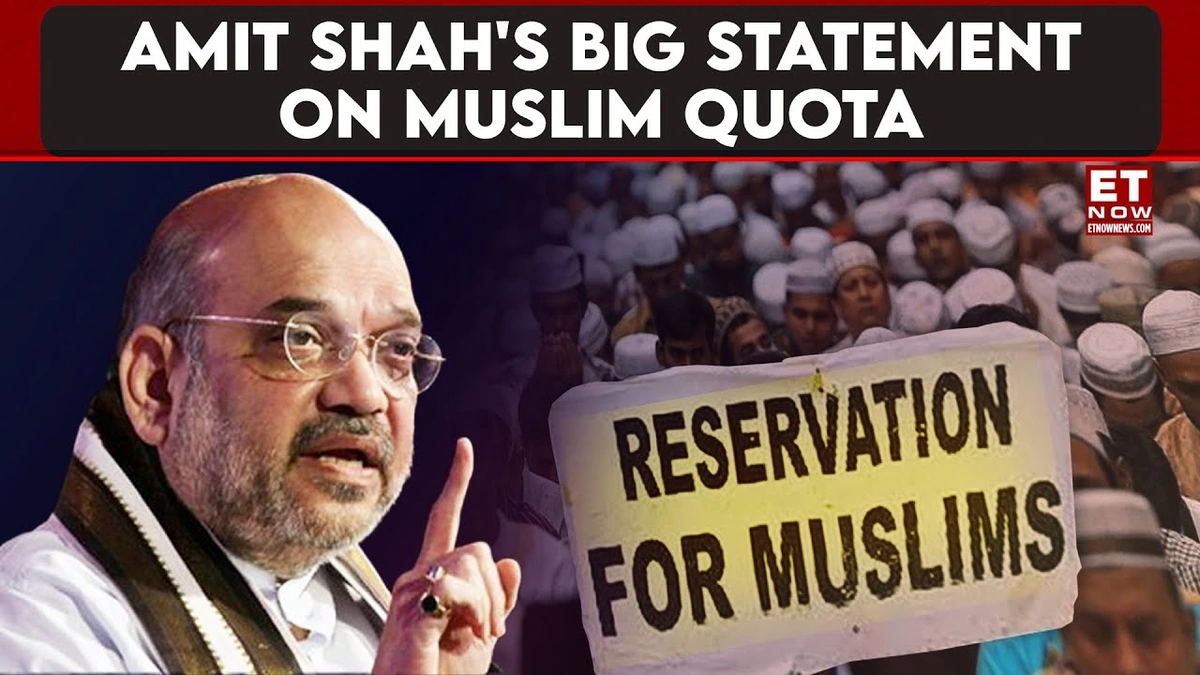
First, let’s address the elephant in the room – the data. Census data in India is, shall we say, a bit behind schedule. The last official census was in 2011. Any claims about current population figures are, to some extent, projections. Now, here’s the thing: population growth rates across all religious groups in India have been declining. That’s a documented trend. However, even a slowing growth rate can translate to a numerical increase in absolute terms. It’s all about the context, isn’t it?
So, when Mr. Shah points to an increase, it’s crucial to ask: compared to what? Over what period? And what’s the actual rate of increase compared to other communities? These are the questions that often get lost in the political shuffle. What fascinates me is how easily statistics can be wielded to support a particular narrative. We need to be incredibly critical and ask, who benefits from this narrative?
Infiltration | Unpacking the Loaded Term
Now, about that word “infiltration.” It’s a heavy one, isn’t it? It implies something sinister, an intentional act of undermining. But let’s be honest, migration is a complex phenomenon. People move for all sorts of reasons: economic opportunity, escaping conflict, family reunification. To paint it all with the same brush of “infiltration” is a gross oversimplification, bordering on dangerous rhetoric. According to the latest reports, India faces challenges of illegal immigration along its porous borders. The reasons for this complex issue vary from economic to political distress. The real question is how does one address it effectively and humanely? It’s not just about border security; it’s about understanding the push and pull factors that drive migration in the first place.
Why Now? The Political Context
Let’s be real – political timing is everything. Why is this issue being highlighted now? Elections looming? A need to consolidate a particular voter base? Shifting focus from other pressing issues like economic slowdown or social unrest? What fascinates me is the intricate dance between political messaging and real-world consequences. Statements like these don’t exist in a vacuum. They have the power to shape public opinion, fuel prejudice, and even incite violence. We should also consider exploring Dalit Atrocities and its impact on the population as well.
The Impact on Social Fabric
Here’s the most crucial part: What impact does this narrative have on the ground? How does it affect the everyday lives of Muslims in India? Does it lead to increased suspicion, discrimination, or even violence? These are the questions that keep me up at night. Because at the end of the day, it’s not just about political points or statistical debates. It’s about real people, real lives, and the delicate fabric of our society.
When anxieties around the growth of the Muslim population are stoked, it creates an environment of fear. It allows people to see the ‘other’ as a threat. And that’s a slippery slope. We should also consider the Bihar Elections Polling Schedule and how these issues influence voter turnout.
Moving Forward | A Call for Nuance and Dialogue
So, what’s the solution? Nuance. Dialogue. Fact-checking. And, most importantly, empathy. We need to move beyond simplistic narratives and engage in honest conversations about migration, identity, and social justice. It’s not about ignoring legitimate concerns about border security or illegal immigration. It’s about addressing them in a way that is both effective and humane, and that doesn’t demonize an entire community. It’s also about promoting policies that foster inclusion and equal opportunity for all, regardless of their religious or ethnic background.
This is a long game, friends. The future of India depends on our ability to build a society where everyone feels safe, respected, and valued. And that requires more than just political rhetoric; it requires a fundamental shift in how we see each other.
Understanding Muslim Demographics
Understanding Muslim demographics goes beyond simple population counts. We need to analyze factors like literacy rates, economic participation, and access to healthcare. Often, socio-economic disparities contribute to anxieties about population growth. Addressing these underlying issues can lead to more inclusive and equitable outcomes. The government’s role in providing opportunities for all citizens is crucial in fostering social harmony.
Illegal immigration is a valid concern that should be discussed with out scapegoating any group. Instead, focusing on proper vetting processes and border managment can solve the issue. Migration patterns show that people migrate for opportunity so if everyone is given the same opportunity there will be no influx.
FAQ Section
Frequently Asked Questions
What exactly does Amit Shah’s statement imply for Indian Muslims?
It could potentially lead to increased scrutiny and suspicion, impacting their social and economic lives. It might also influence policy decisions related to citizenship and immigration.
How reliable are the population statistics being used to support this claim?
Official census data is outdated, so current claims rely on projections, which can be interpreted in various ways. It’s important to critically evaluate the data and its sources.
What are the root causes of illegal immigration into India?
Factors include economic hardship, political instability, and environmental disasters in neighboring countries. Addressing these root causes is key to managing migration effectively.
How can we promote a more inclusive and tolerant society in India?
By fostering dialogue, promoting education about different cultures and religions, and challenging discriminatory narratives. Government policies should also prioritize equal opportunities for all citizens.
What role does the media play in shaping public perception of this issue?
The media has a significant responsibility to report accurately and avoid sensationalism. It should provide balanced perspectives and avoid perpetuating stereotypes.
Where can I find reliable information on population statistics in India?
Look for official government sources like the Census of India and reports from reputable research institutions. Be wary of biased or unverified information circulating online.
Ultimately, the conversation needs to be about fostering inclusion, understanding, and shared progress for all Indians, no matter their faith.
